Driving may come easy to the more experienced drivers, but it is still something that requires a lot of attention and attentiveness from the driver, regardless of the fact if the driver is experience or not. Distracted driving is very common and is one of the main reasons behind traffic accidents.
However, distracted driving has made the car manufacturers and engineers think about better and safer cars that can make driving easier in any given situation. The lack of attention of the drivers has caused many serious car accidents in the world.
According to a research conducted in 2014, 3,179 people were killed because of distracted drivers. In UAE, using mobile phone and testing while driving is one of the most common reasons behind road accidents. Distracted driving is just as hazardous to the driver as it is to the other people on the road.
This is one of the reasons why Pre-Crash Safety Systems are now becoming a standard safety feature in many cars these days. These safety features are designed to protect the driver and the passengers in case of an accident.
There are many types of Pre-Crash Safety Systems that are often working in combination with each other or separately to bring the best safety to the driver, passengers and the other people on the road.
Here is everything that you should about Pre-Crash Safety Systems and how they work.
Pre-Crash Safety Systems – What Are They?
The Pre-Crash Safety Systems are created to detect any potential crash and if it detects any crash, it will alert the driver and make preventive measure that will avoid the crash. To detect potential crashes, the Pre-Crash Safety Systems use sensors, radars, actuators and cameras to operate and keep a watchful eye for the driver and the passengers.
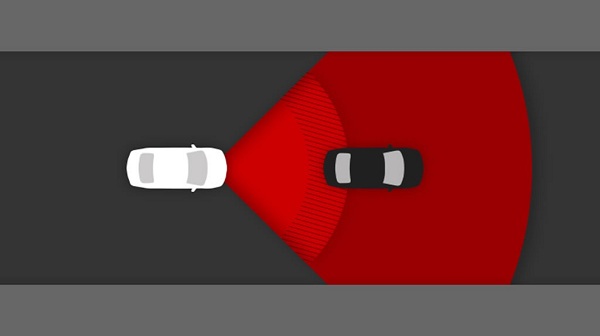
Any modern car that is equipped with any Pre-Crash Safety Systems will first warn the driver with visual or audio warnings in case there is an imminent collision. It can stop the car altogether or it will pulsate the car brake in order to get the attention of the driver, however all of this depends upon the system that is installed in the car.
The sensors used by Pre-Crash Safety Systems include remote sensors, occupant sensors, vehicle speed sensors, pedestrian sensors and seat belt sensors. These sensors work together or alone to detect any obstacle that will be in front of the car, measure the angle of impact, measure the speed of collision, direction of the impact and intensity of the impact.
On a realistic level, the Pre-Crash Safety Systems work amazing on open roads like highways and areas where there is less frequent traffic. These systems can be a bit of a hindrance while driving in heavy traffic because vehicles would be coming towards your car from multiple directions consistently. However, that does not mean you should not consider a car that does not have this feature. These safety systems are very useful and effective in preventing accidents.
The Types of Pre-Crash Safety Systems
Almost every brand has their own version of Pre-Crash Safety Systems and they have their own names for it. However, there are basically three major types of Pre-Crash Safety Systems. These are:
- Forward Collision Warning System
- Lane Departure Warning and Prevention
- Blind Spot Detection
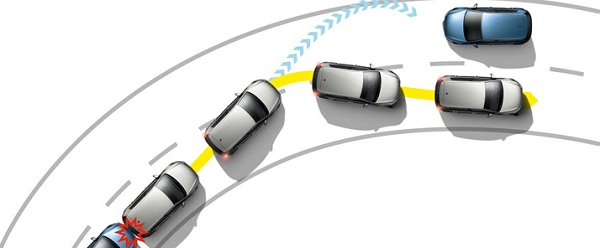
Here is a closer look at all of these types of Pre-Crash Safety Systems and understand how they work, protect the vehicle and prevent an accident in case of danger.
Forward Collision Warning System
The very first Forward Collision Warning System was demonstrated at Hughes Research Laboratory in Malibu, California in 1995. Volvo S40 was the very first vehicle to have this safety feature and soon, Cadillac STS was the second vehicle to feature this safety feature.
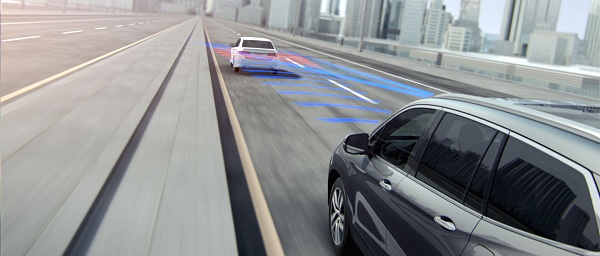
In order to function properly, this Pre-Crash Safety System uses lasers, all-weather radars and GPS sensors to detect any imminent danger that might be a stop sign or an incoming vehicle. If the Forward Collision Warning System finds any danger of a collision, it will warn the driver first and if the driver does not take any necessary steps, the system will take measures to stop the accident from happening.
The more advanced and more modern Forward Collision Warning System will automatically steer the vehicle away from the collision or automatically apply brakes. If the car is being driven below 50 Km/h, the Forward Collision Warning System will apply the brakes when they are necessary.
If the driver is driving the car at a higher speed, this system will steer the car away from the danger of collision, and if necessary apply brakes as well.
Lane Departure Warning and Prevention
The Lane Departure Warning and Prevention was first introduced by Nissan Motors in 2001 and since then, many other brands have improved and updated this safety feature. Now this is one of the most common standard safety feature in new cars.
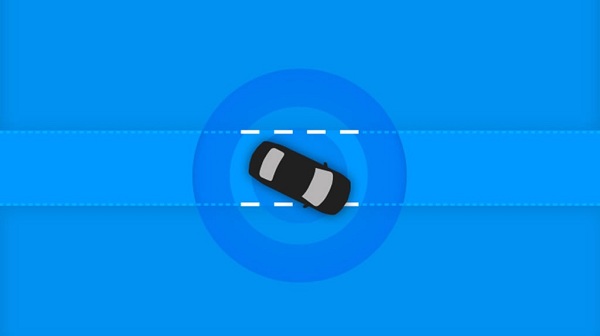
Just as the name implies, Lane Departure Warning and Prevention will warn the driver if his vehicle is moving out of its lane. To minimize of chances of the accident, it goes to the root causes of the collision in the first place, i.e. distracted driver, drowsiness of driver and driver error.
There are basically three main prime types of Lane Departure Warning and Prevention systems. These are:
- Lane Departure Warning or LDW: This system will give an audio, visual or vibration warning to the driver if he is moving out of his lane.
- Lane Keeping System or LKS: This system will warn the driver and give him the chance to take actions, however, if he does not, the system will then take action to keep the vehicle in its lane.
- Proactive and Reactive System: This system will take any necessary action to keep the vehicle in the lane.
Lane Departure Warning and Prevention uses multiple types of sensors, including video sensors, laser sensors and infrared sensors.
Blind Spot Detection
Also known as Blond Spot Monitoring Systems, it is a safety feature that will detect any approaching vehicles coming from the rear and sides of the vehicle. In order to protect the vehicle from any approaching collision, it will distinguish the speed and distance of the approaching vehicle and send an alert to the driver.
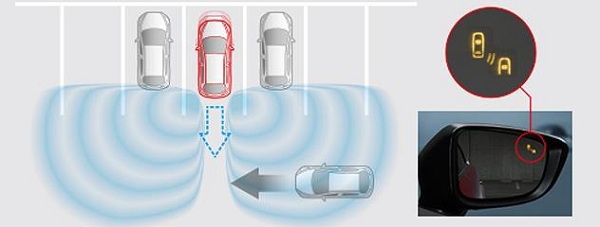
Blind Spot Detection uses warnings including vibrations, visual, audio and tactile warning to get the attention of the motorist and make sure that necessary steps have been taken to present any accident. It will give different warnings for a different situation.
For example:
- In case a vehicle is occupying a blind spot, a visual warning will be given to the driver.
- If the driver turns the signal to move into an occupied spot, the system will give vibration or audio warning.
- If the danger of the collision is imminent, the Blind Spot Detection system will even prevent the car from moving forward.
Do These Pre-Crash Safety Systems Work?
Yes, these Pre-Crash Safety Systems actually work. Of course, these systems are not a substitute for the attentiveness and the attention of the driver, however, they do help the driver to maintain his safety and have an extra set of “eyes” keeping a watchful look on the road.
20% to 50% of drivers say that they feel much safer with the Pre-Crash Safety Systems. If any car does not have these systems, then there are many brands that are offering these systems has an added available safety feature. If you are buying a new car and your car does not have this as a standard feature, you should definitely consider paying additional money for the Pre-Crash Safety Systems.
Planning to sell your old car then BuyMyLuxuryCar.com can be the right place to sell your used car. Get a free valuation of your car for sale to know the best price of it.



Leave A Comment
You must be logged in to post a comment.